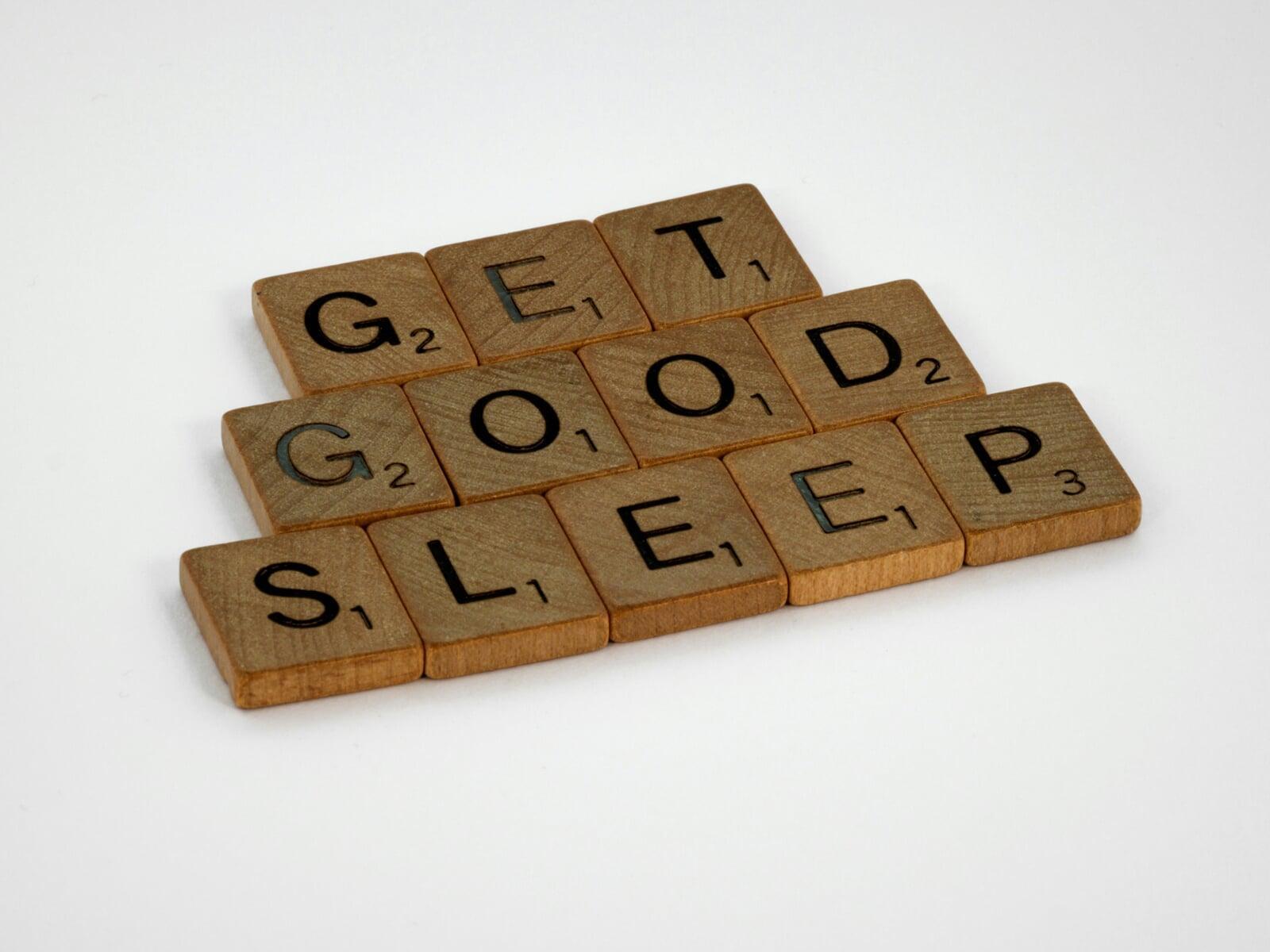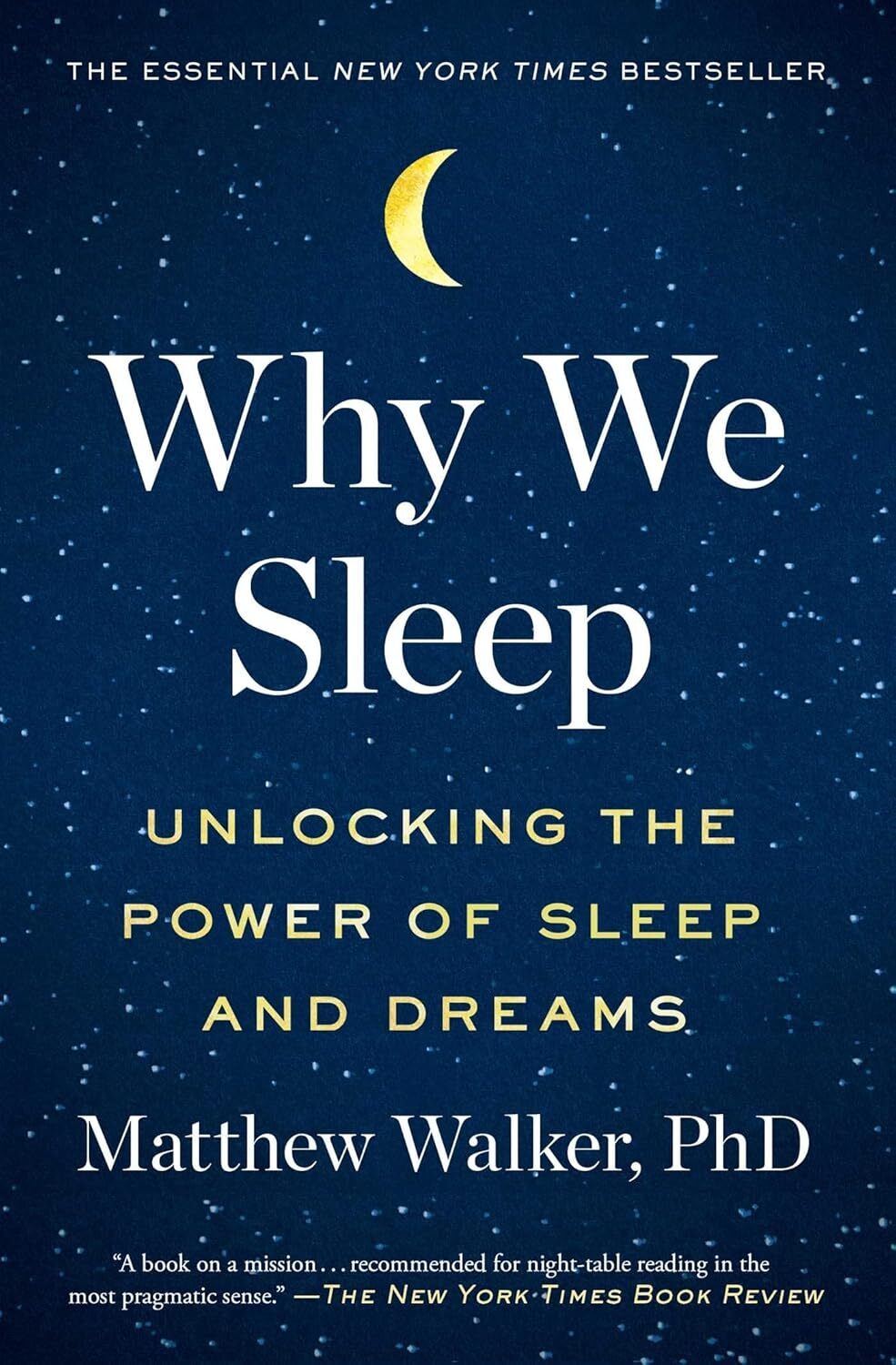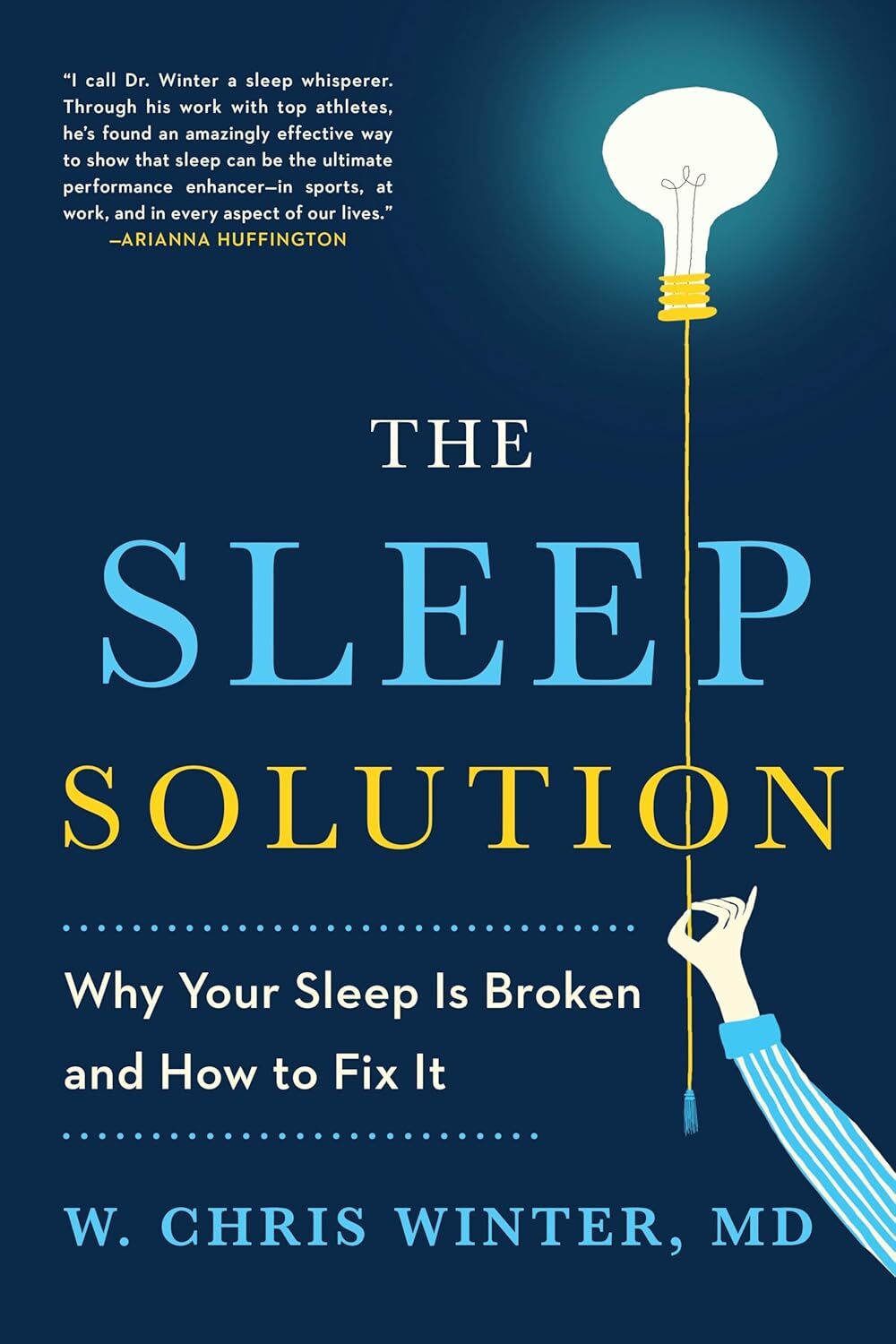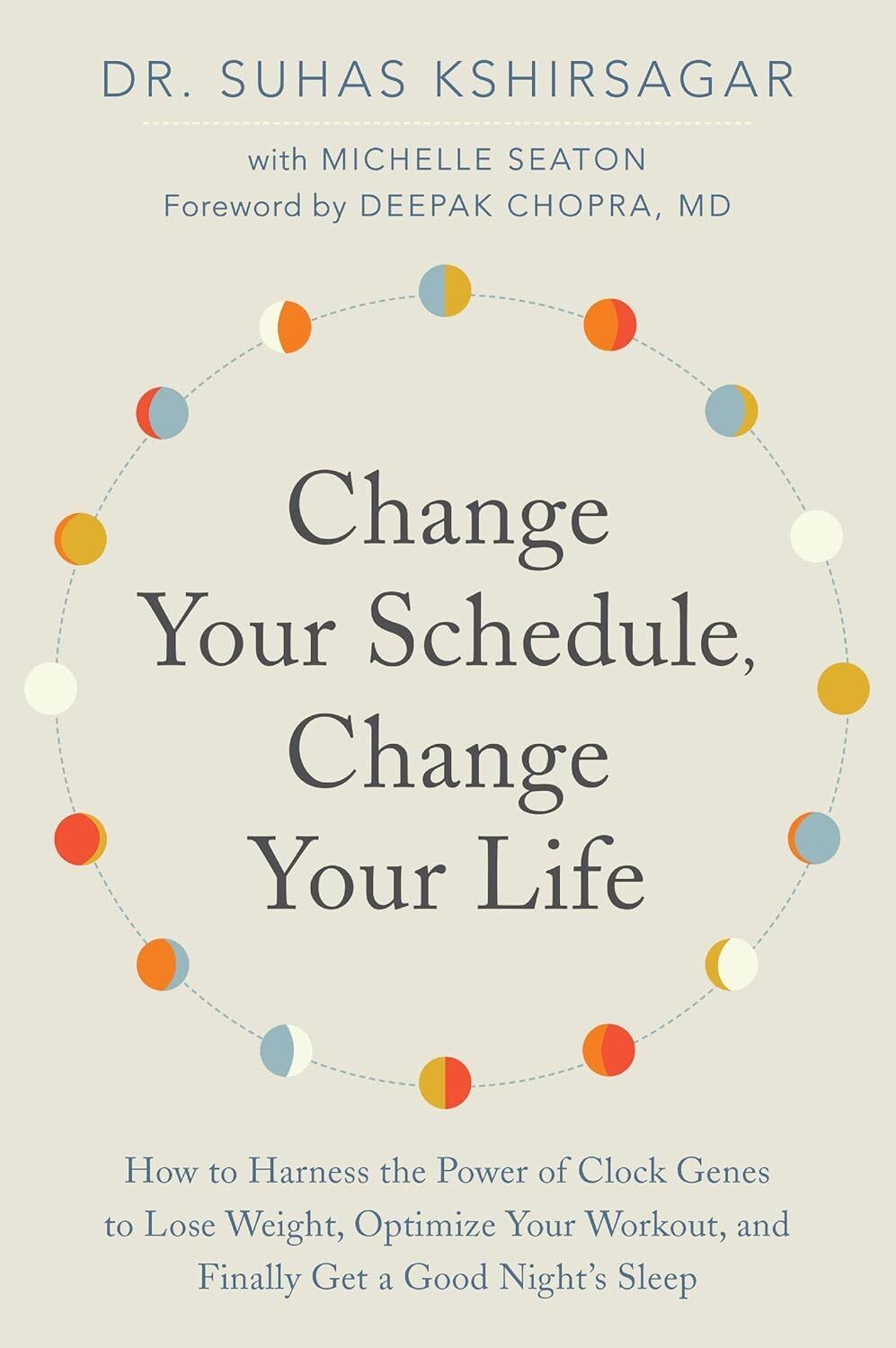Sleep Schedule
Establish Consistent Sleep Patterns for Improved Energy and Health

Introduction
Sleep Schedule involves setting regular bedtimes and wake times to align with your body's circadian rhythm, promoting deeper rest, and daytime vitality. This practice supports overall well-being by reducing fatigue, enhancing focus, and preventing sleep disruptions.
Why It Works
A consistent sleep schedule regulates the circadian rhythm, optimizing hormone release like melatonin for easier sleep onset and improved quality. It minimizes social jetlag—misalignment from irregular routines—lowering risks of metabolic issues, mood disorders, and cognitive decline. Studies link sleep regularity to 20–48% reduced mortality risk, better cardiovascular health, and enhanced emotional resilience compared to duration alone.
How To Do It
Instructions:
1. Assess Your Needs
Calculate your ideal sleep duration (7–9 hours for adults) based on age and lifestyle. Track current habits for 3–5 days using a journal or app to identify patterns.
Helpful Tips:
- Start small: Shift schedule by 15 minutes nightly until aligned.
- Align with light: Morning sun reinforces wake times; evening dimness cues sleep.
- Limit stimulants: No caffeine 8 hours before bed; alcohol disrupts later cycles.
- Meal timing: Finish eating 2–3 hours before bed to aid digestion.
- Use alarms wisely: Set one for bedtime too, not just waking.
- Journal triggers: Log stress or diet impacts on sleep quality.
- Partner sync: Coordinate schedules if sharing a bed.
- Be flexible: Allow 30-minute buffers for life events, but return promptly.
- Combine with hygiene: Pair with relaxation techniques for compounded benefits.
Recommended Videos
How To Fix A Broken Sleep Schedule
Therapy Tips
Can You Reset Your Circadian Rhythm?
Sleep Doctor
How To Fix Your Sleep Schedule - Reset Your Sleep Pattern
Better Than Yesterday
Influential Books
Matthew Walker has made abundantly clear that sleep is one of the most important but least understood aspects of our life.
The Sleep Solution is an exciting journey of sleep self-discovery and understanding that will help you custom design specific interventions to fit your lifestyle.
Bad habits like skipping meals, squeezing in workouts when it’s convenient, working late into the night to maximize productivity and then trying to "catch up" on sleep during the weekend disrupt our natural cycles.
* As an Amazon Associate I earn from qualifying purchases.
Helpful Websites
Popular Apps
Scientific Research
- Baranwal, N., et al. (2023). Sleep physiology, pathophysiology, and sleep hygiene. Progress in Cardiovascular Diseases, 77, 59–69. https://pubmed.ncbi.nlm.nih.gov/36841492/
- Chapman, S. C., et al. (2023). The importance of sleep regularity: a consensus statement of the National Sleep Foundation sleep timing and variability panel. Sleep Health, 9(6), 813–820. https://www.sleephealthjournal.org/article/S2352-7218(23)00166-3/fulltext
- Windred, D. P., et al. (2020). Sleep timing, sleep consistency, and health in adults: a systematic review. Sleep Medicine Reviews, 54, 101340. https://pubmed.ncbi.nlm.nih.gov/33054339/
- Wilkerson, A. K., et al. (2024). Sleep regularity is a stronger predictor of mortality risk than sleep duration: A prospective cohort study. Sleep, 47(1), zsad253. https://academic.oup.com/sleep/article/47/1/zsad253/7280269
Related Topics:
Strongly Related
Reduce Stress:
[Links to related web pages]
[Links to related web pages]
[Links to related web pages][Links to related web pages]
Moderately Related
Issue B:
[Links to related web pages]
[Links to related web pages]










